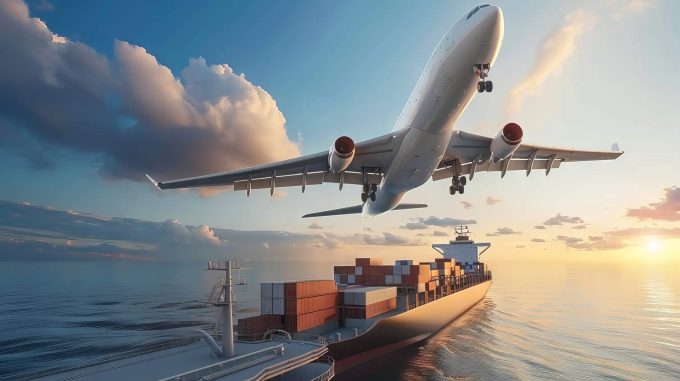Jury still out on benefits of index-linked contracts for shippers
Freight index platforms are keen to push index-linked agreements (ILAs), but there are questions about ...

During the pandemic, analysts noted the distinct correlation between poor ocean schedule reliability and air freight demand. Shippers that needed certainty chose air.
But as ocean freight rates begin to creep up to near-Covid levels, shipping reliability is also on the rise this time around.
Despite pockets of port congestion, such as in Singapore, and issues with container availability, data out this week shows that in fact shipping lines are – relatively speaking – sticking to schedules. Sea-Intelligence reported reliability had improved ...
Transpacific sees first major MSC blanks as rates fall and volumes falter
'It’s healthy competition' Maersk tells forwarders bidding for same business
Shippers snap up airfreight capacity to US ahead of tariff deadline
White House confirms automotive tariffs – 'a disaster for the industry'
Volcanic disruption at Anchorage could hit transpacific airfreight operations
New price hikes may slow ocean spot rate slide – but for how long?
Tighter EU import requirements proving 'a challenge' for forwarders

Comment on this article